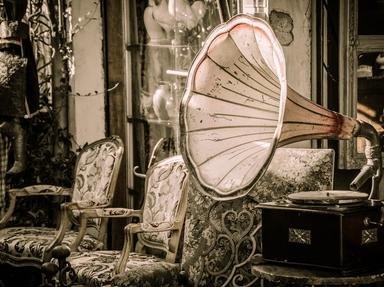Quiz Answer Key and Fun Facts
1. In Victorian England, people's lives were generally governed by the class into which they were born. Social mobility, however, was possible. All of the following could enable social movement EXCEPT:
2. Aristocrats living in Victorian England could take advantage of many benefits by right of birth. What was NOT one of those privileges?
3. Which of the following was true about Victorian families?
4. The way people addressed one another was a matter of strict protocol. Which would have been an unacceptable form of address?
5. Arranged marriages were the norm in Victorian England.
6. Which statement is true regarding Victorian housing?
7. What is an inaccurate description of food and/or nutrition in Victorian England?
8. What was the most common mode of transportation (other than rail) in Victorian England?
9. Life was fraught with disease and illness for Victorians. What was the leading cause of death in nineteenth-century Britain?
10. The circumstance of death, as all events in Victorian life, was governed by its own traditions and rules. What was a common practice after losing a loved one?
Source: Author
pagiedamon
This quiz was reviewed by FunTrivia editor
bloomsby before going online.
Any errors found in FunTrivia content are routinely corrected through our feedback system.

